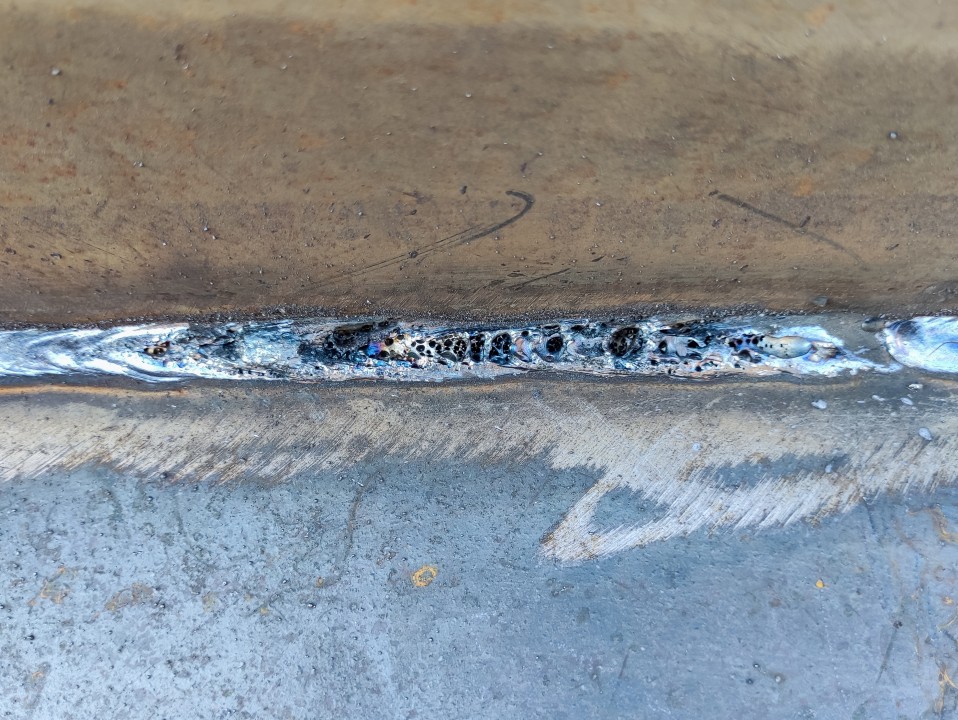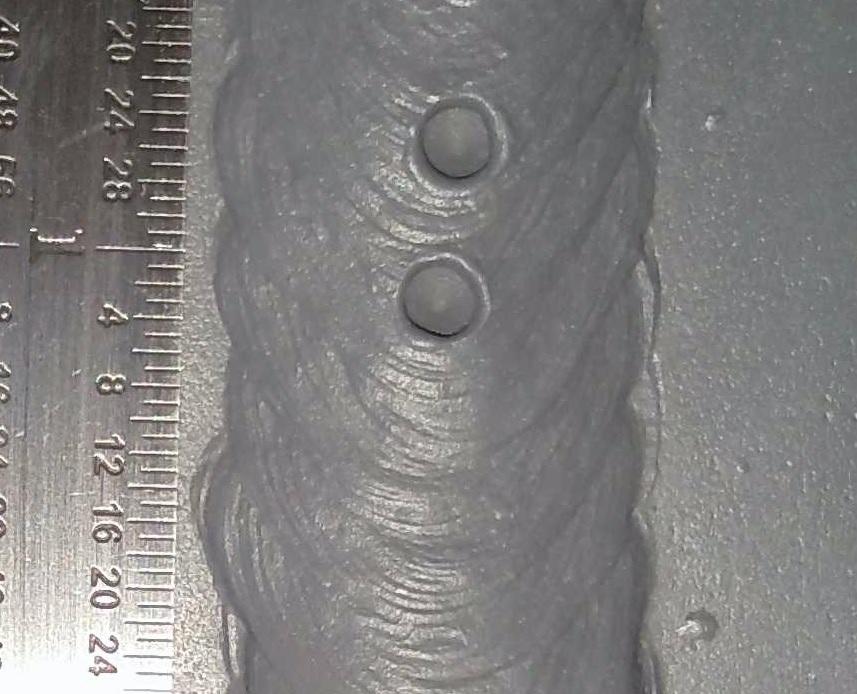Comprehensive Guide: What is Porosity in Welding and How to Prevent It
Comprehensive Guide: What is Porosity in Welding and How to Prevent It
Blog Article
Comprehending Porosity in Welding: Checking Out Causes, Effects, and Avoidance Methods
As experts in the welding market are well conscious, comprehending the causes, effects, and prevention strategies connected to porosity is critical for accomplishing durable and trusted welds. By diving right into the root causes of porosity, examining its detrimental impacts on weld quality, and checking out reliable avoidance methods, welders can improve their understanding and abilities to create top quality welds consistently.
Typical Causes of Porosity
Porosity in welding is largely brought on by a combination of elements such as contamination, improper securing, and poor gas insurance coverage during the welding process. Contamination, in the form of dirt, oil, or rust on the welding surface, develops gas pockets when heated, bring about porosity in the weld. Incorrect protecting takes place when the shielding gas, commonly used in procedures like MIG and TIG welding, is not able to completely shield the molten weld swimming pool from responding with the surrounding air, causing gas entrapment and succeeding porosity. In addition, poor gas coverage, typically due to incorrect flow rates or nozzle positioning, can leave components of the weld vulnerable, enabling porosity to form. These elements collectively add to the development of spaces within the weld, damaging its integrity and potentially triggering architectural problems. Recognizing and dealing with these common causes are critical actions in protecting against porosity and making sure the high quality and stamina of bonded joints.
Effects on Weld Top Quality
The presence of porosity in a weld can substantially jeopardize the overall high quality and integrity of the welded joint. Porosity within a weld creates voids or dental caries that weaken the framework, making it extra prone to cracking, corrosion, and mechanical failing. These voids serve as anxiety concentrators, decreasing the load-bearing ability of the weld and raising the probability of early failure under applied stress. In addition, porosity can likewise act as possible websites for hydrogen entrapment, further exacerbating the degradation of the weld's mechanical residential or commercial properties.
Moreover, porosity can prevent the efficiency of non-destructive testing (NDT) methods, making it challenging to identify other defects or discontinuities within the weld. This can bring about significant safety problems, particularly in crucial applications where the architectural honesty of the welded elements is vital.

Prevention Techniques Introduction
Provided the detrimental effect of porosity on weld quality, effective avoidance methods are essential to maintaining the architectural stability of bonded joints. Additionally, picking the suitable welding criteria, such as voltage, present, and travel rate, can assist decrease the threat of porosity development. By integrating these prevention methods into welding techniques, the incident of porosity can be substantially reduced, leading to more powerful and a lot more reliable bonded joints.
Significance of Proper Protecting
Appropriate securing in welding plays an essential duty in preventing atmospheric contamination and guaranteeing the stability of welded joints. Protecting gases, such as argon, helium, or a combination of both, are commonly made use of to secure the weld swimming pool from reacting with elements airborne like oxygen and nitrogen. When these reactive elements enter contact with the warm weld pool, they can cause porosity, causing weak welds with reduced mechanical homes.

Inadequate shielding can cause different issues like porosity, spatter, and oxidation, compromising the architectural integrity of the bonded joint. Sticking to correct shielding methods is vital to generate high-grade welds with marginal flaws and make certain the longevity and reliability of the welded parts.
Monitoring and Control Techniques
Exactly how can welders effectively keep an eye on and manage the welding procedure to make sure optimal results and stop defects like porosity? One secret technique is with using innovative surveillance modern technologies. These can include check my reference real-time surveillance systems that give comments on parameters such as voltage, present, take a trip speed, and gas circulation prices. By continually keeping track of these variables, welders can identify discrepancies from the optimal problems and make instant modifications to stop porosity formation.

Furthermore, implementing proper training programs for welders is essential for keeping track of and regulating the welding process efficiently. What is Porosity. Informing welders on the relevance of maintaining consistent criteria, such as appropriate gas securing and travel speed, can aid avoid porosity issues. Regular analyses and qualifications can additionally guarantee that welders excel in surveillance and managing welding processes
Moreover, making use of automated welding systems can boost tracking and control abilities. These systems can specifically control welding specifications, decreasing the probability of human error and making certain regular weld quality. By integrating advanced monitoring modern technologies, training programs, and automated systems, a fantastic read welders can properly keep an eye on and regulate the welding procedure to reduce porosity flaws and achieve premium welds.
Final Thought

Report this page